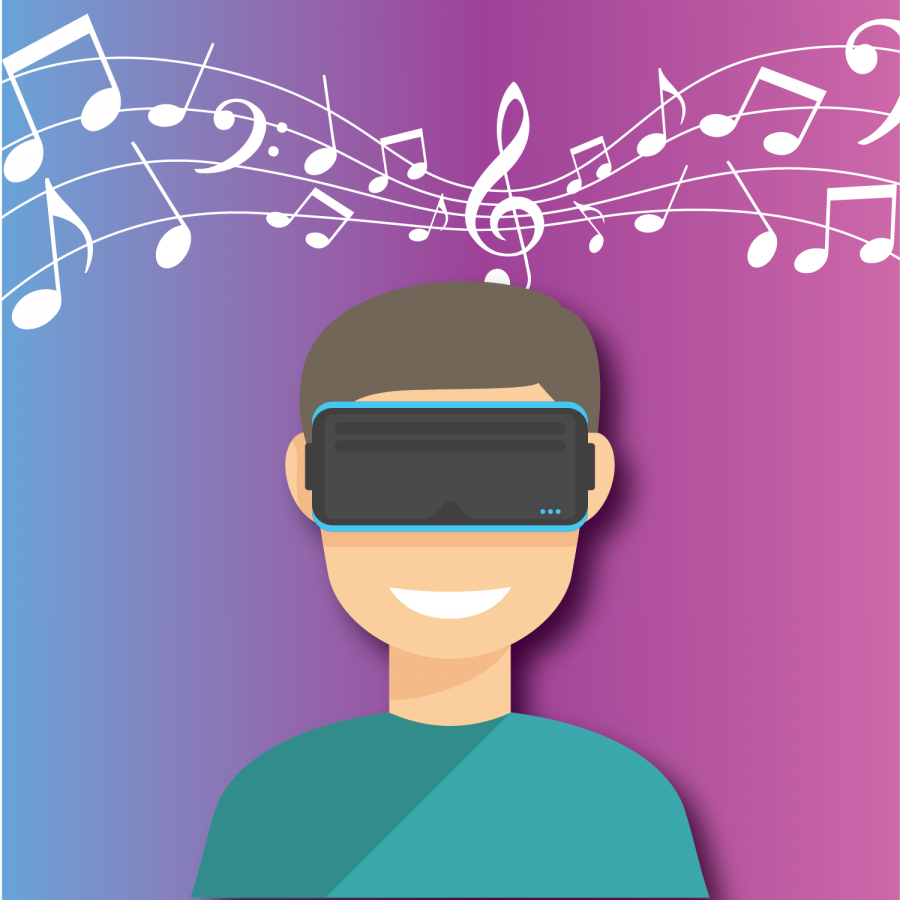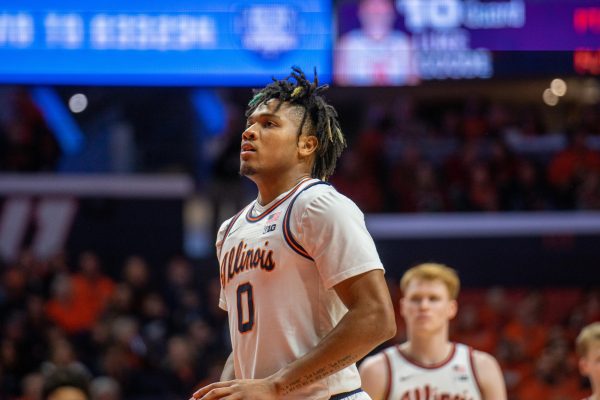Music and visual art belong together
March 1, 2018
I have a lot of “what if” questions. What if books become obsolete in my lifetime? What if everyone on Earth jumped at the same time? Among the other “what ifs” that keep me up at night, my favorite one is this: What if music was visible?
During my senior year of high school, I learned about a phenomenon called synesthesia. According to the American Psychological Association, this extraordinary sensory condition allows some people to perceive music in an array of colors. A smaller minority of these synesthetes encounter music in a visual sense. As for the rest of us ungifted humans, our imagination is the only tool available for such a feat.
I propose that music, if paired synchronously with patterns of color and light, would be more enjoyable. To be clear, I mean this in an advanced three-dimensional sense. For example, you may have encountered the iTunes visualizers. Perhaps you have seen YouTube videos in which a pattern pulses to the beat of a song. I’m not convinced that these current programs offer the complexity that visualization deserves.
What if each instrument you hear in a song had its own unique pattern or shape? What if you could immerse yourself in this art form and interact with the design? Considering that we live in a prospering age of technology, the concept is possible. I can’t think of a better way to illustrate my view than with virtual reality.
Virtual reality is profound in many ways. With the addition of advanced music visualization, VR could redefine the experience of a song.
Get The Daily Illini in your inbox!
This semester, I was fortunate to meet with Jamie Nelson and Jim Wentworth, faculty of the TechHub in the Armory. After explaining my ideas, I was shown multiple VR programs that occupy the realm of music. One of these programs was created by the Chainsmokers. This presentation featured the Chainsmokers’ hit song, “Paris.”
While listening to the tune, the viewer is transported through a city in evening light. Sparks fly, stars sparkle and spherical orbs pulse to the beat. Having never experienced virtual reality before, I was perplexed by the quality and intricacy. Although the marvelous effects had a great impression on me, I imagined all the nonexistent patterns that could present more respect to the instrumentals.
Next, I was shown a more interactive program called Tiltbrush. I adjusted the goggles and entered an imaginary dark room. Using two handheld devices, I painted the room with varying types of brushes, creating loops, streaks, spheres and many other patterns. When the music was cued, my art came to life. Based on their characteristics, the shapes lit up and danced. Walking around my creation in a three-dimensional space was especially fascinating. However, there was nothing unique about the movements. The patterns stayed in the same places and throbbed at the same times. I wondered what sound would look like if it was granted the freedom it lacks.
Allow me to take this idea a step further. Imagine controlling the visualization with personal adjustments and timing methods. You could assign miniscule intervals in a song to a shape or pattern, sync the pattern with the musical instrument and bring the designs to life with your own hands.
Sourceless light flows, explodes and transforms around you at the perfect moments. In this scenario, music becomes subjective and the possibilities are endless. An audience would be captivated. Could this be the future of entertainment?
There is a lot of potential in this idea. Similar music visualizer models exist, but the invention I’m suggesting allows for brilliant creativity and liberty in shape and sound. The only limitation is the imagination.
I’m waiting for the day that musicians utilize advanced visualization in their performances. Introduce three-dimensional synchronous patterns of light into mainstream events, and every Chainsmokers show would sell out in seconds. Of course, extracting this concept from virtual reality is a separate topic for another day — or century.
For now, I’m arguing that art should be allowed to dance. Let’s make it happen.
Thomas is a Freshman in Communication.
[email protected]







